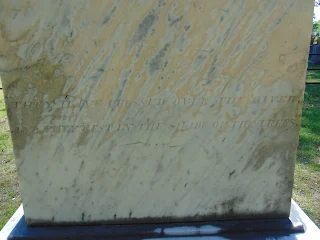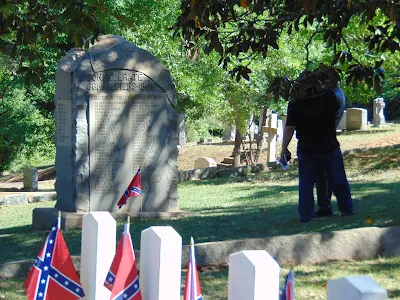Good evening y'all, and Happy U.S. Memorial Day weekend!
This evening I traveled over to the local baseball field and using it as a backdrop was able to capture some really outstanding photos of the planets Venus and Mars an hour after sunset.
Venus appeared not long after sunset, being the brightest object in the evening sky. Mercury was unfortunately below the tree line, otherwise I might have been able to capture all of the inner planets this evening.
In the first photo you can see bright Venus appearing in the evening dusk.
Between about 9:00 PM EST and 9:08 PM EST I was able to capture several shots of Venus sinking below the top of the ballpark fence as it sank lower into the west following the sun.
As the evening progressed and dusk started deepening more into night time, smaller Mars and the major stars finally began to appear in the sky.
In this next shot you can faintly see Mars in the top left of the photo with Venus now just above the tree line.
Finally you can see the major stars of the Constellation Gemini The Twins with Mars close to the bright stars Castor and Pollux. The other bright stars Procyon and Capella, which together with the Twin Stars make up the top portion of the now waning Winter Hexagon asterium, can also be seen in the photo.
I've also outlined the major stars of the Constellation Gemini and Canis Minor. Venus can still be seen in this wide shot overlooking the baseball field.
Well folks, I hope y'all enjoyed my photos for the evening. This will close out the month of May for this year. Have a Happy U.S. Memorial Day 2021 tomorrow and be sure to keep your eyes to the night skies, y'all!




































































































































































